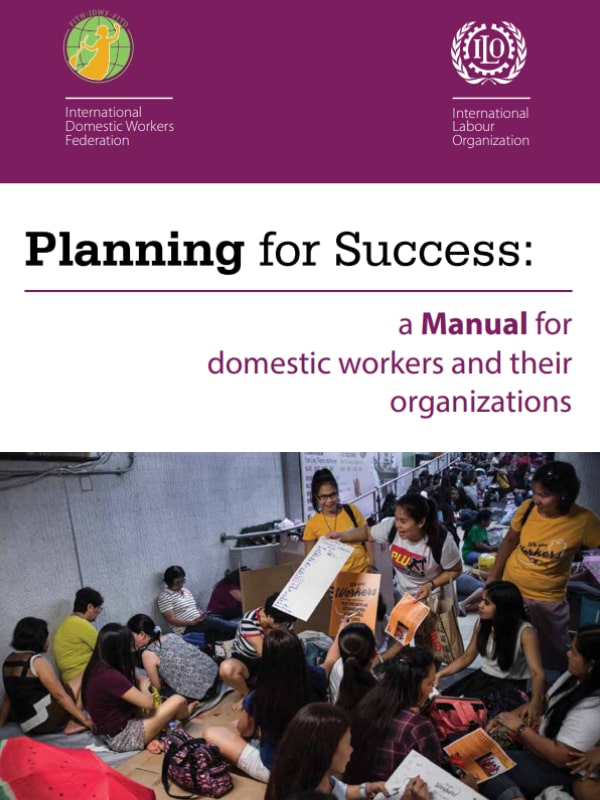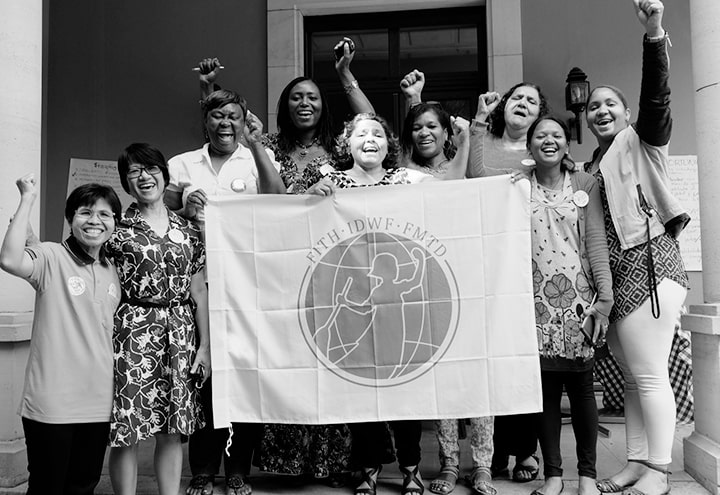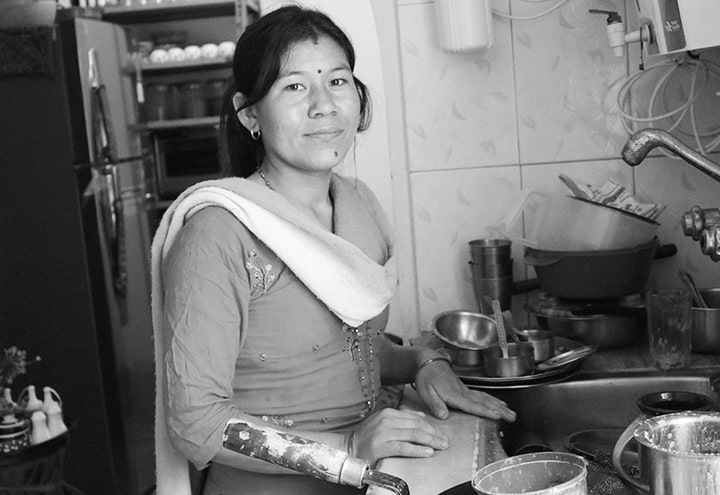Domestic worker leaders and members need to learn how to plan for success to build strong and sustainable organizations. Planning is an under-rated activity in many organizations, left mostly to the leadership. However, planning is crucial to any organization if it wants to fulfill its goals.
Everyone – leaders, members, and partners – should take part and be involved fully in the planning process AND in making the plan a reality. Effective planning is very important for membership-based voluntary organizations, like those of domestic workers, which have limited assets and funds, but are rich in human resources. Effective planning gives them a much better chance to achieve what they want.
This manual aims to help domestic workers and their organizations to understand and learn how to plan for success. It explains what is effective planning, and why planning can help domestic workers to realize both their organizational and personal goals. It provides planning tools and shows how to plan effectively for successful results.
Download here





